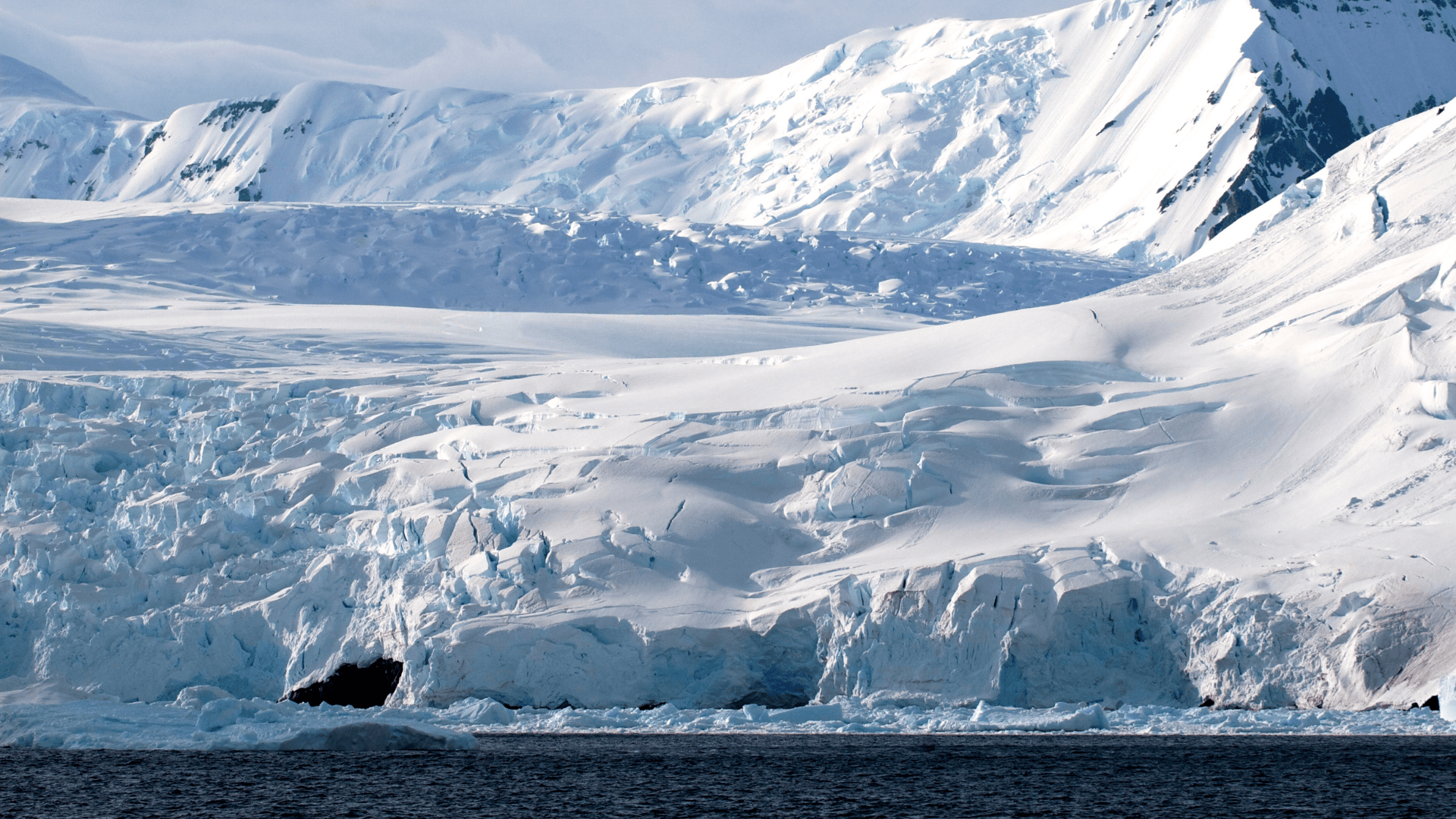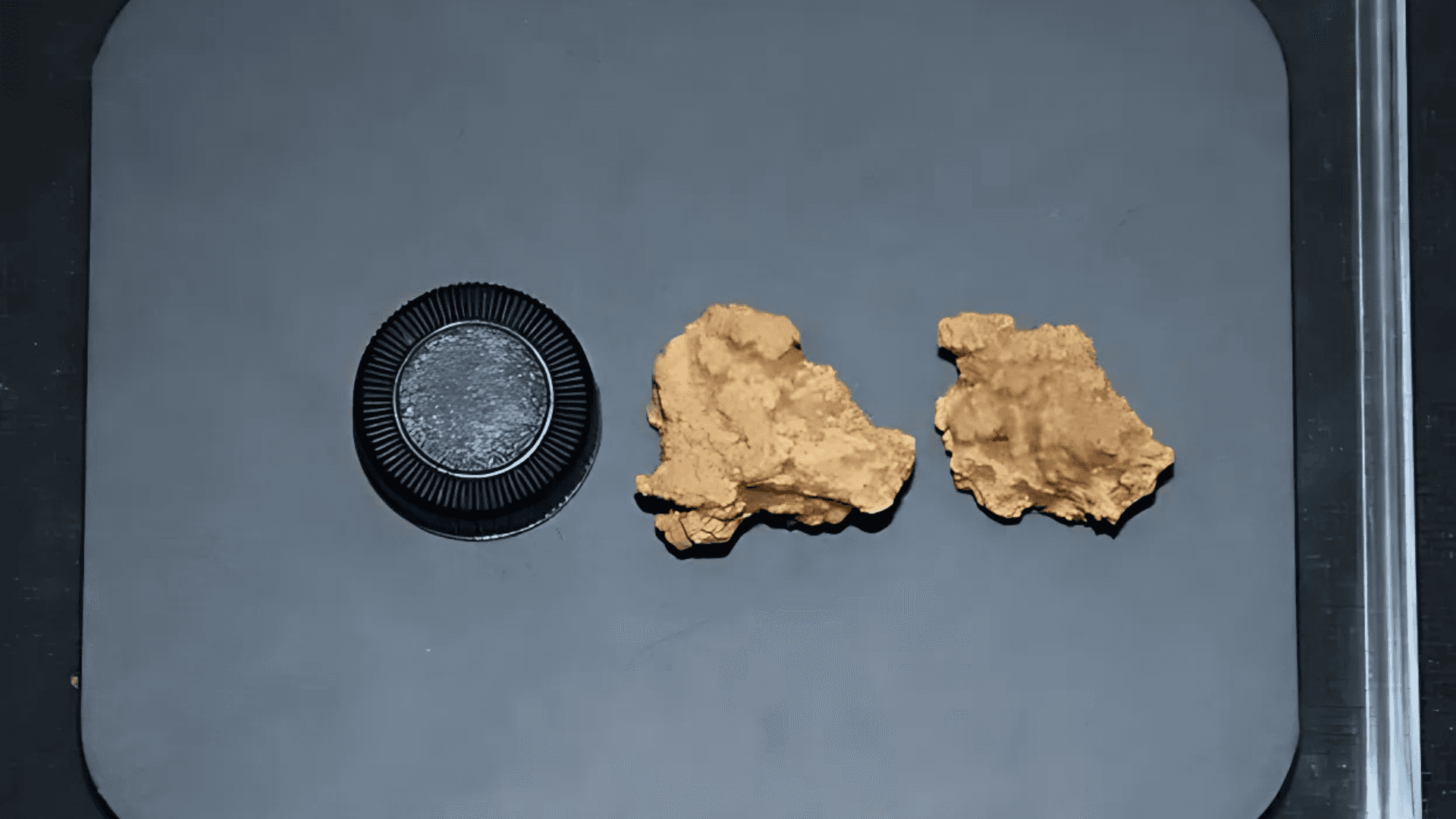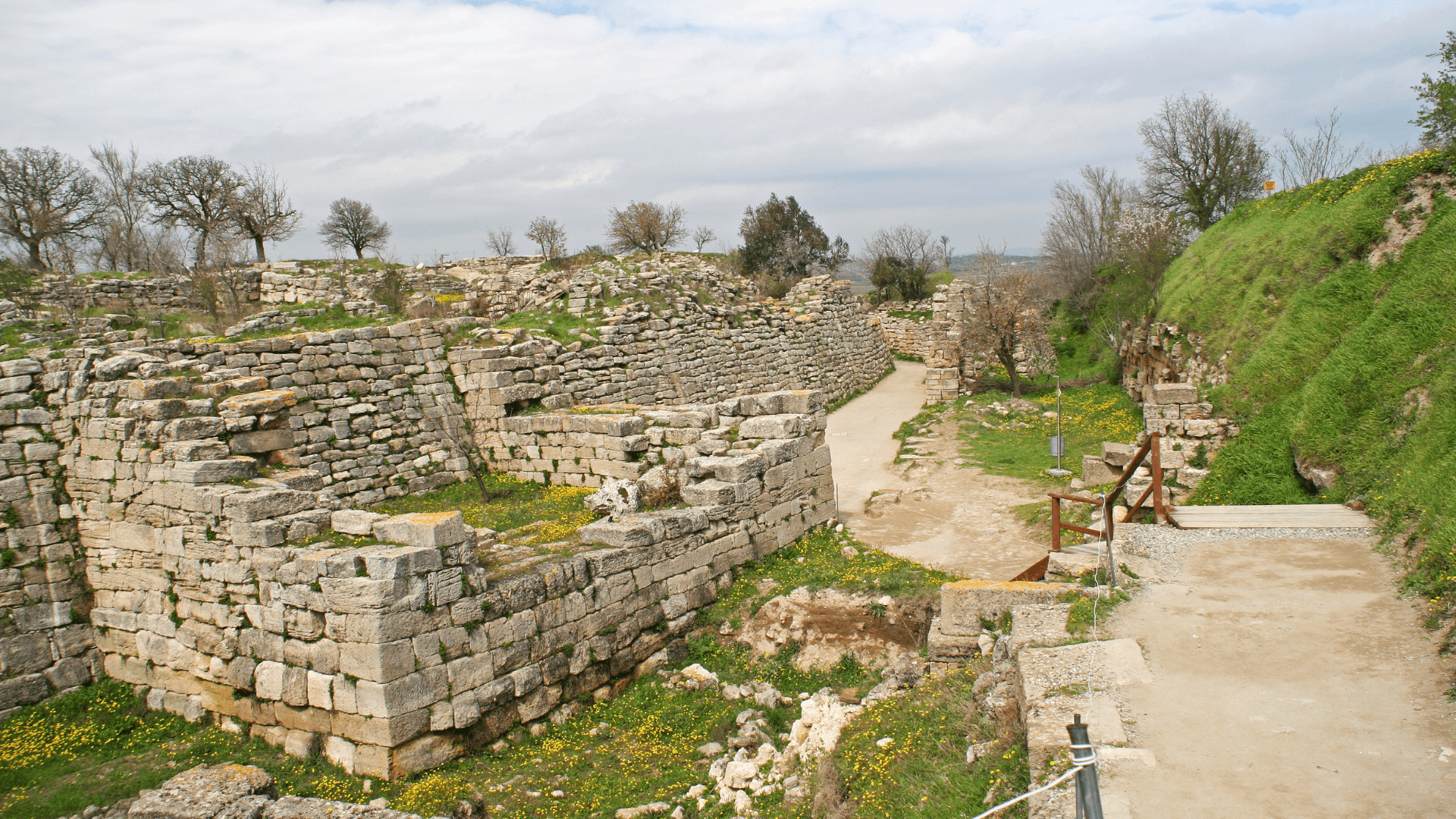Excavation in Denmark Reveals 50 Incredibly Preserved Viking Skeletons
Excavation in Denmark Reveals 50 Incredibly Preserved Viking Skeletons
Excavation in Denmark Reveals 50 Incredibly Preserved Viking Skeletons
Oct 10, 2024
Oct 10, 2024
Oct 10, 2024

Illustrative image. Credit: Meik Schmidt via Pexels.
Illustrative image. Credit: Meik Schmidt via Pexels.
Illustrative image. Credit: Meik Schmidt via Pexels.
Discover how the discovery of 50 well-preserved Viking skeletons in Denmark reveals new insights into Norse life and customs during the Middle Ages.
Discover how the discovery of 50 well-preserved Viking skeletons in Denmark reveals new insights into Norse life and customs during the Middle Ages.
Discover how the discovery of 50 well-preserved Viking skeletons in Denmark reveals new insights into Norse life and customs during the Middle Ages.
Archaeologists in Denmark have made an extraordinary discovery at a large Viking-era burial site near the city of Odense. They found 50 incredibly well-preserved skeletons, promising to provide new information about the lives of the Norse people, known for their seafaring adventures in the Middle Ages.
According to Michael Borre Lundoe, the excavation leader from the Odense Museum, the exceptional preservation of the skeletons is due to high water levels and favorable soil conditions that prevented the decomposition of the remains. "Normally, in Viking tombs, we find only a few teeth and burial objects. But here we have completely preserved skeletons," Lundoe stated.
He noted that the skeletons were so well preserved that, in many instances, the fingers and toes remained intact, creating new opportunities for study. In addition to the skeletons, the discovery includes rare artifacts such as knives, glass beads, and brooches dated between 850 and 970.
Archaeologists believe that most of those buried were part of a small agricultural community, even though a high-status woman was found with a silver-ornamented knife and a piece of glass—a rare item for the time.
The team also collected soil samples to identify pollen traces and determine the season of burial and the types of fabric used by the individuals. An X-ray of a soil block revealed an oval brooch associated with Viking women's attire, covered by wood and human remains. In another brooch, mineralized fabric fragments provided more information about the era's fashion.
Currently, the skeletons have been removed from their graves and carefully packed in cardboard boxes at the museum, where they will be dried before undergoing more detailed analyses.
—
Read the full report on CNN to know more about this archaeological discovery and the new insights about Norse life. Read the complete article here.
Archaeologists in Denmark have made an extraordinary discovery at a large Viking-era burial site near the city of Odense. They found 50 incredibly well-preserved skeletons, promising to provide new information about the lives of the Norse people, known for their seafaring adventures in the Middle Ages.
According to Michael Borre Lundoe, the excavation leader from the Odense Museum, the exceptional preservation of the skeletons is due to high water levels and favorable soil conditions that prevented the decomposition of the remains. "Normally, in Viking tombs, we find only a few teeth and burial objects. But here we have completely preserved skeletons," Lundoe stated.
He noted that the skeletons were so well preserved that, in many instances, the fingers and toes remained intact, creating new opportunities for study. In addition to the skeletons, the discovery includes rare artifacts such as knives, glass beads, and brooches dated between 850 and 970.
Archaeologists believe that most of those buried were part of a small agricultural community, even though a high-status woman was found with a silver-ornamented knife and a piece of glass—a rare item for the time.
The team also collected soil samples to identify pollen traces and determine the season of burial and the types of fabric used by the individuals. An X-ray of a soil block revealed an oval brooch associated with Viking women's attire, covered by wood and human remains. In another brooch, mineralized fabric fragments provided more information about the era's fashion.
Currently, the skeletons have been removed from their graves and carefully packed in cardboard boxes at the museum, where they will be dried before undergoing more detailed analyses.
—
Read the full report on CNN to know more about this archaeological discovery and the new insights about Norse life. Read the complete article here.
Archaeologists in Denmark have made an extraordinary discovery at a large Viking-era burial site near the city of Odense. They found 50 incredibly well-preserved skeletons, promising to provide new information about the lives of the Norse people, known for their seafaring adventures in the Middle Ages.
According to Michael Borre Lundoe, the excavation leader from the Odense Museum, the exceptional preservation of the skeletons is due to high water levels and favorable soil conditions that prevented the decomposition of the remains. "Normally, in Viking tombs, we find only a few teeth and burial objects. But here we have completely preserved skeletons," Lundoe stated.
He noted that the skeletons were so well preserved that, in many instances, the fingers and toes remained intact, creating new opportunities for study. In addition to the skeletons, the discovery includes rare artifacts such as knives, glass beads, and brooches dated between 850 and 970.
Archaeologists believe that most of those buried were part of a small agricultural community, even though a high-status woman was found with a silver-ornamented knife and a piece of glass—a rare item for the time.
The team also collected soil samples to identify pollen traces and determine the season of burial and the types of fabric used by the individuals. An X-ray of a soil block revealed an oval brooch associated with Viking women's attire, covered by wood and human remains. In another brooch, mineralized fabric fragments provided more information about the era's fashion.
Currently, the skeletons have been removed from their graves and carefully packed in cardboard boxes at the museum, where they will be dried before undergoing more detailed analyses.
—
Read the full report on CNN to know more about this archaeological discovery and the new insights about Norse life. Read the complete article here.
Compartir en:
Compartir en:
Ver También
Ver También

DeepSeek AI: el chatbot chino que está sacudiendo el mercado global
Feb 7, 2025

Estudio revela que la vida social activa puede reducir el riesgo de demencia
Feb 4, 2025

Año nuevo lunar 2025: la llegada del año de la serpiente
Jan 30, 2025

Nueva hipótesis sobre el origen de los dinosaurios desafía conceptos tradicionales
Jan 27, 2025

Colapso de la plataforma de hielo Conger: alerta para la Antártida Oriental
Dec 20, 2024

Emociones y el cuerpo humano: conexiones milenarias en textos neoasirios
Dec 20, 2024

Un estudio relaciona la contaminación atmosférica con el riesgo de tromboembolia venosa
Dec 20, 2024

Ambiente potencialmente habitable en Marte descubierto por Perseverance
Dec 20, 2024

Revolución XRISM: Nuevos descubrimientos sobre agujeros negros supermasivos
Oct 15, 2024

Estudio aponta que la duplicación del gen AMY1, relacionado con la digestión del almidón, precede a la agricultura
Oct 14, 2024

Nacimientos en la UE caen por debajo de los 4 millones por primera vez desde 1960
Oct 11, 2024

Excavación en Dinamarca revela 50 esqueletos Viking increíblemente preservados
Oct 10, 2024

Estudio detecta mayor incidencia de asma y rinitis alérgica en personas nacidas en otoño e invierno en Finlandia
Oct 9, 2024

Estudio señala similitudes entre la pubertad de adolescentes de la Edad de Hielo y jóvenes modernos
Oct 8, 2024

Análisis de ADN en momias chinas de 3.600 años revela el queso más antiguo del mundo
Oct 7, 2024

Estudio revela estabilidad genética de poblaciones del África Austral durante 10 milenios
Oct 4, 2024

Nueve lugares míticos que podrían haber existido, según descubrimientos arqueológicos
Oct 3, 2024

Cómo los derechos humanos pueden salvar los arrecifes de coral y responsabilizar a los gobiernos
Oct 2, 2024

Informe de Carbon Brief señala que 2024 podría ser el año más cálido de la historia
Sep 4, 2024

El clima determina la distribución de mamíferos, revela estudio de la Universidad Estatal de Carolina del Norte
Sep 4, 2024

DeepSeek AI: el chatbot chino que está sacudiendo el mercado global
Feb 7, 2025

Estudio revela que la vida social activa puede reducir el riesgo de demencia
Feb 4, 2025

Año nuevo lunar 2025: la llegada del año de la serpiente
Jan 30, 2025

Nueva hipótesis sobre el origen de los dinosaurios desafía conceptos tradicionales
Jan 27, 2025

Colapso de la plataforma de hielo Conger: alerta para la Antártida Oriental
Dec 20, 2024

Emociones y el cuerpo humano: conexiones milenarias en textos neoasirios
Dec 20, 2024

Un estudio relaciona la contaminación atmosférica con el riesgo de tromboembolia venosa
Dec 20, 2024

Ambiente potencialmente habitable en Marte descubierto por Perseverance
Dec 20, 2024

Revolución XRISM: Nuevos descubrimientos sobre agujeros negros supermasivos
Oct 15, 2024

Estudio aponta que la duplicación del gen AMY1, relacionado con la digestión del almidón, precede a la agricultura
Oct 14, 2024

Nacimientos en la UE caen por debajo de los 4 millones por primera vez desde 1960
Oct 11, 2024

Excavación en Dinamarca revela 50 esqueletos Viking increíblemente preservados
Oct 10, 2024

Estudio detecta mayor incidencia de asma y rinitis alérgica en personas nacidas en otoño e invierno en Finlandia
Oct 9, 2024

Estudio señala similitudes entre la pubertad de adolescentes de la Edad de Hielo y jóvenes modernos
Oct 8, 2024

Análisis de ADN en momias chinas de 3.600 años revela el queso más antiguo del mundo
Oct 7, 2024

Estudio revela estabilidad genética de poblaciones del África Austral durante 10 milenios
Oct 4, 2024

Nueve lugares míticos que podrían haber existido, según descubrimientos arqueológicos
Oct 3, 2024

Cómo los derechos humanos pueden salvar los arrecifes de coral y responsabilizar a los gobiernos
Oct 2, 2024

Informe de Carbon Brief señala que 2024 podría ser el año más cálido de la historia
Sep 4, 2024

El clima determina la distribución de mamíferos, revela estudio de la Universidad Estatal de Carolina del Norte
Sep 4, 2024